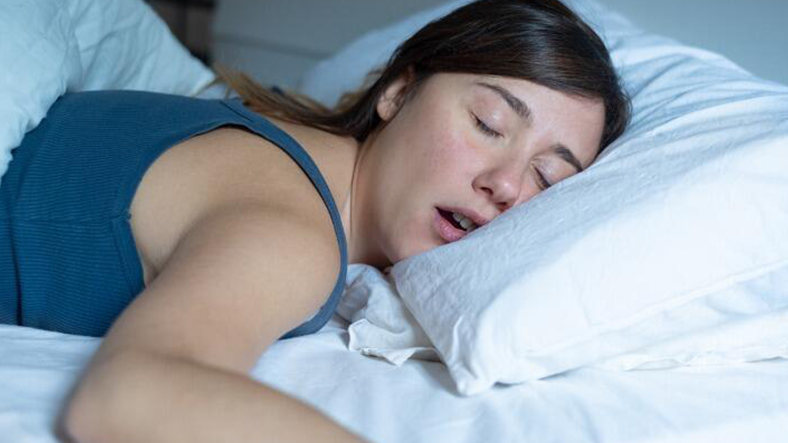Researchers discovered that a sleep method used and described by the famous artist Salvador Dali and inventor Thomas Edison increases creativity.
According to research by scientists Salvador Dali and Thomas Edison A sleep method he uses contributes to creativity. In this method, they would hold an object such as a spoon or a ball while lying down to sleep. When they fell asleep, the object would fall from their hands, make a sound and wake them up. This spot from which they awoke would have made them ideal for their study.
This stage of sleephypnagogia’ called state or N1. It only takes a few minutes before entering a deeper stage of sleep, and people spend 5 percent of their sleep time in this stage. Researchers say this sleep process is ideal for creativity. At this stage, you may dream of shapes, colors, and even small dreams before your closed eyes, but you can still hear what is going on in your room.
For a more precise result, an experiment was conducted with 103 people.
The researchers set out to test whether the sleep method worked for ordinary people. They recruited 103 healthy subjects who were asked to avoid stimulants and sleep a little less than usual so that they could fall asleep easily the night before the experiment.
Have the subjects guess the last digit in a sequence and solve math problem had to. There were two rules explained to them to find the answer. However, the researchers added a secret rule that the eighth digit is always the second digit in the sequence. This rule significantly shortens the processing time.
RELATED NEWS
How Listening to Music While We Sleep Affects Our Brain and Sleep Quality Explained: The Results Aren’t What You Think
In the first part of the experiment, participants were asked to solve 10 math problems using two rules. 20 minute break Then they were asked to sleep in a semi-lying position in the dark with their hands outside the armrests. In order to wake up by dropping them from their hands glass they were holding. Researchers used a test to detect when participants transitioned from a light sleep stage to a deeper sleep stage. electroencephalogram (EEG) were used.
After the subjects rested, they were given more problems. The researchers noticed if they were faster this time or if they had solved the secret rule.
The short sleep period was indeed effective.

in the N1 stage at least 15 seconds participants who had 83% chance of discovering the secret rule, while those who stay awake are 30%. determined. Participants were asked what they thought while sleeping. A participant “At one point I saw a horse in the hospital. And then there was a much older man with a plastic helmet on, who did the same experiment as me.” He describes the process he went through.
Source :
https://wonderfulengineering.com/this-sleep-hack-can-spark-creative-thinking-scientists-say/
